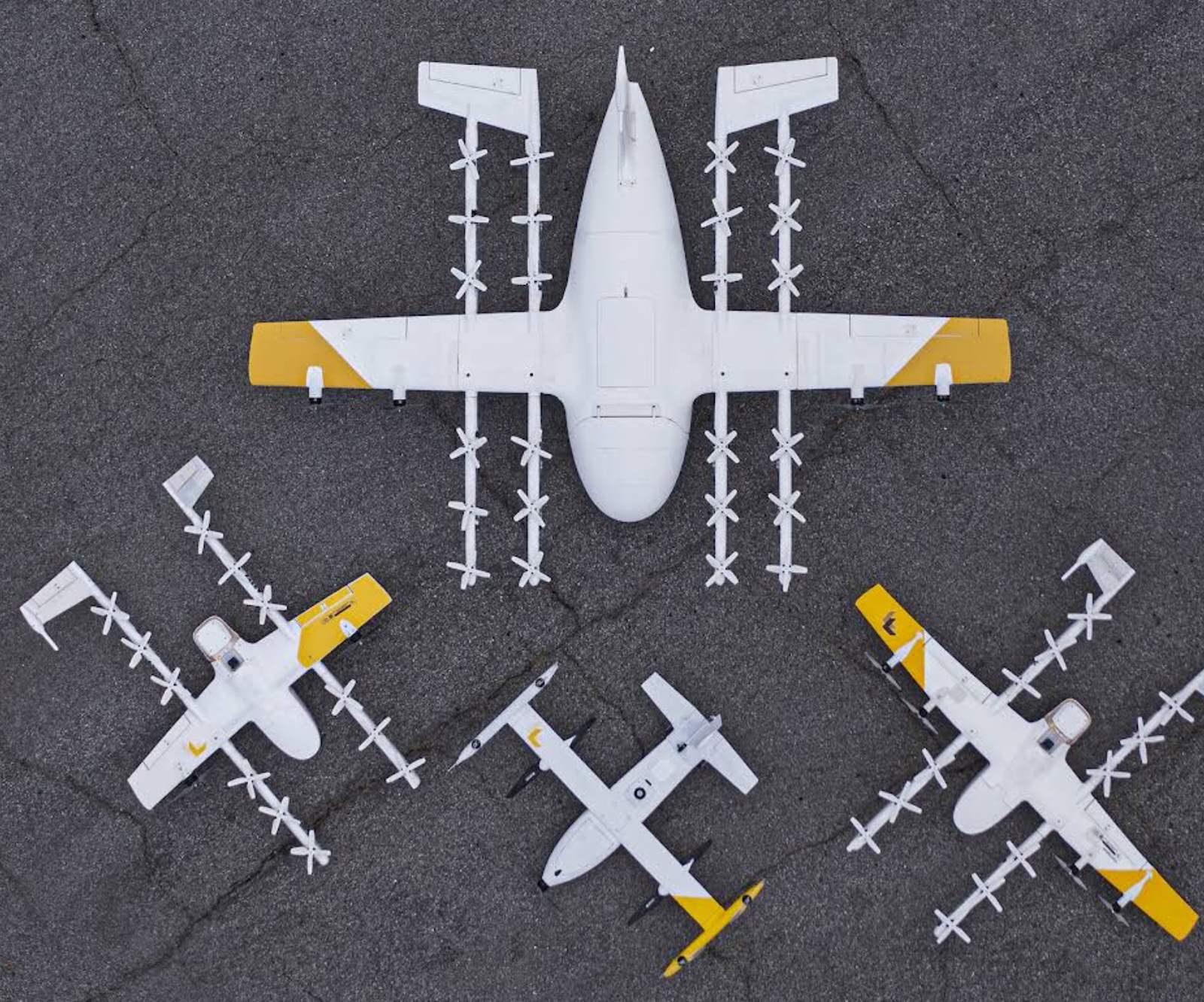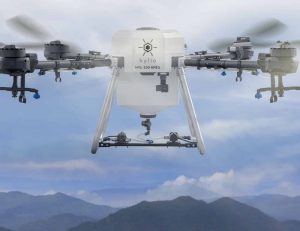ASTM Leaders Discuss the Impact of Drone Standards on the Future of Aviation
In a recent episode of ASTM International’s podcast “Taking to the Skies: Drone Standards,” recorded in January 2025, industry experts Phil Kenul and Mark Blanks shared insights into how drone standards are fundamentally transforming aviation and shaping its future. The episode was hosted by Dave Walsh, the editor-in-chief of Standardization News, and covered key challenges and opportunities within the unmanned aircraft systems (UAS) sector.
Current Industry Challenges and Solutions
Remote ID Implementation
Phil Kenul, chair of ASTM’s Committee on Unmanned Aircraft Systems (F38), highlighted ongoing challenges related to Remote ID regulations following recent drone sightings in the northeastern United States. Kenul remarked, “The implementation may not have been as effective as anticipated,” pointing out the need for better public education on drone identification through mobile applications.
Beyond Visual Line of Sight (BVLOS) Operations
Mark Blanks, the head of Global Flight Operations at Wing, underscored that technology is not the main barrier to the adoption of widespread BVLOS operations. He noted, “The technology for such operations exists and has been validated through waivers and exemptions, but the regulatory framework remains a significant hurdle to overcome.”
Current Commercial Applications of Drones
Kenul and Blanks identified numerous operational drone applications that are currently making substantial contributions, including:
- Railroad inspections by BNSF
- Agricultural processes
- Search and rescue operations
- Environmental monitoring
- Power line infrastructure inspections
- Package delivery services in the Dallas-Fort Worth area
The Standards Development Process
ASTM’s extensive experience in standards development, spanning 125 years, has been especially beneficial for the drone sector. Their structured yet adaptable framework allows for swift adjustments in response to emerging technologies while facilitating stakeholder involvement in the development process. Kenul elaborated, “We maintain organization, while also being flexible. Our approach aids us in keeping pace with rapidly evolving technologies.”
Looking to the Future
Experts forecast several significant advancements in the next 20 to 30 years:
Integration into National Airspace
No longer compartmentalized, drones will become fully integrated into the national airspace system. This shift will necessitate new standards to ensure the safe interaction of manned and unmanned aircraft.
Urban Air Mobility
Although air taxi services may not appear within the next five years, both experts believe they will emerge within a two to three-decade timeframe, requiring the development of new infrastructure and safety protocols.
Global Harmonization
Kenul emphasized the necessity for uniform global regulations: “Different regulators may adopt varied approaches, so globally consistent regulations are essential for standardization among these vehicles.”
Encouraging Industry Participation
Both Kenul and Blanks encouraged the integration of fresh perspectives in developing standards. Blanks expressed, “Do not underestimate your contribution to the dialogue. Newcomers questioning existing practices can help clarify confusion among seasoned professionals.”
Conclusion
This comprehensive dialogue underlines how standardization is quietly revolutionizing the aviation landscape. While attention often centers on prominent applications like delivery services, significant advancements are ongoing through the development of performance-based standards, which facilitate safe, efficient, and scalable drone operations in various industries. The experts highlight the importance of including diverse voices, particularly those from younger professionals and students, to foster continued innovation. As Blanks noted, “This is a pivotal moment to define the future of our industry.” The podcast emphasizes that many drone applications are not just future possibilities; they are current realities, with standards development playing an essential role in their safe adoption and growth. In Kenul’s words, “We are by no means finished yet. Much work lies ahead, but progress is unfolding.”
Listen to the podcast here.













